One Thousand Refugees a Day
The number of refugees seeking asylum in Sweden — including hundreds of unaccompanied children — has sharply increased in recent weeks, pushing Migrationsverket to its limit, causing emergency responses from NGOs and an outpouring of Swedish humanitarianism.
-
 Candle lights for those who died in crossing
Candle lights for those who died in crossing -
-
Over a thousand refugees now come to Sweden every day seeking asylum, according to multiple news sources. Over 10 thousand unaccompanied children have arrived since the beginning of the year. And in addition to these numbers, another 700 to 800 refugees arrive in the country each day then proceed to Norway and Finland.
-
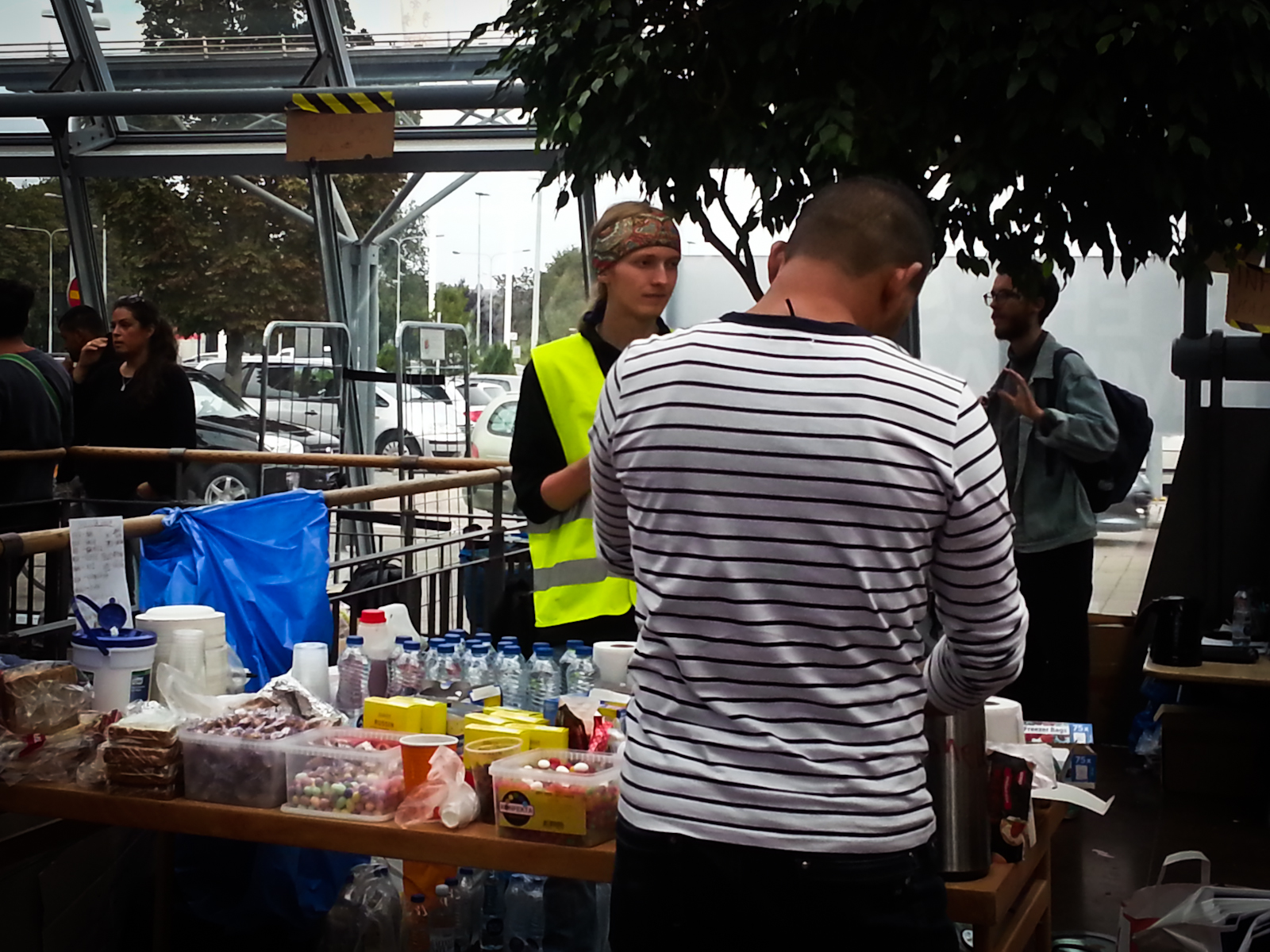 Food station set up by volunteers at Central Station, Gothenburg
Food station set up by volunteers at Central Station, Gothenburg -
-
In order to deal with the influx of people, most of whom are fleeing war in Syria, Migrationsverket has had to extend their hours, conduct emergency management meetings and reallocate staff. The agency maintains that they are able to handle the situation and have no plans at present to hire additional staff, but they admit to working around the clock.
-
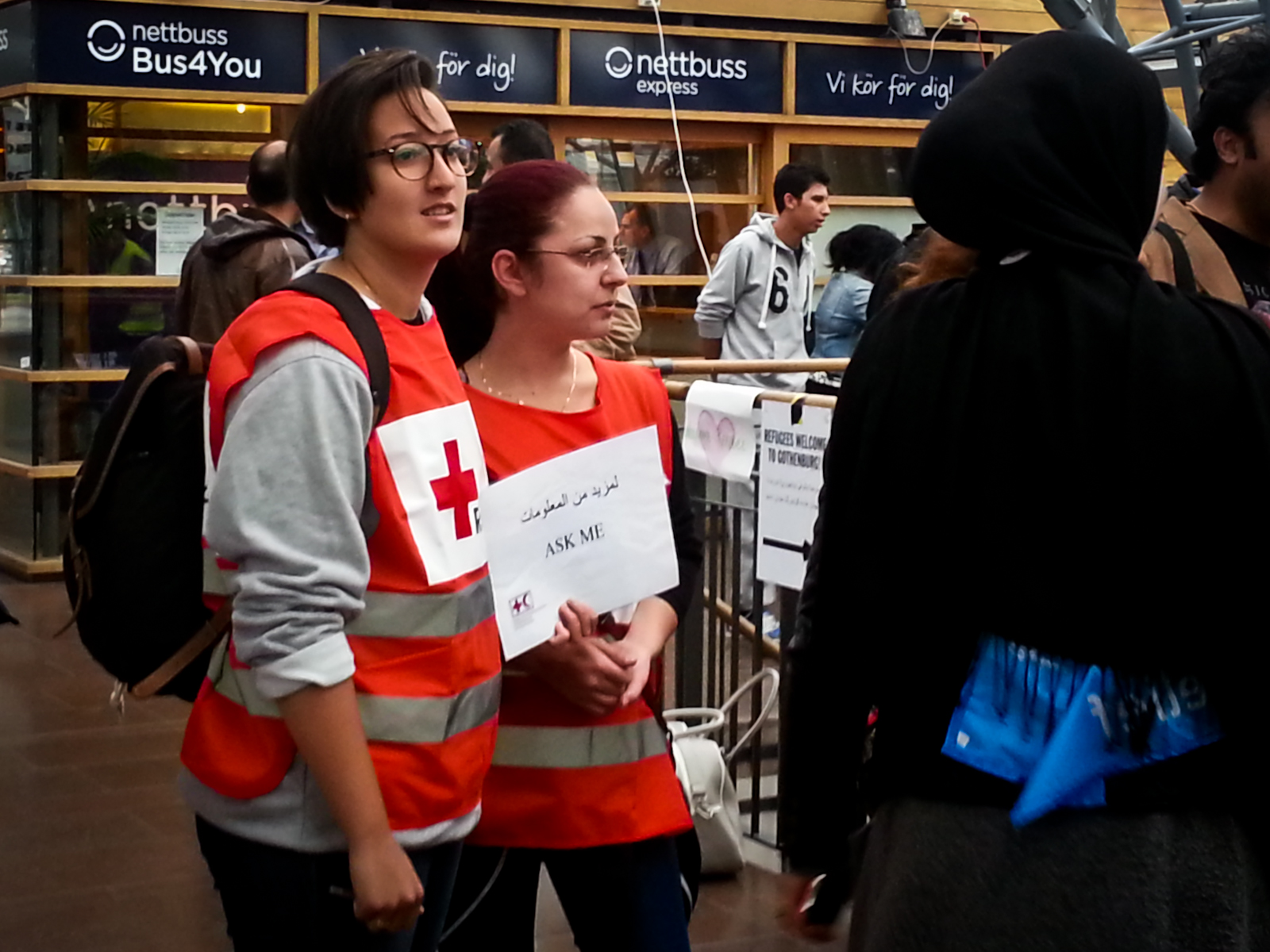 Red Cross at Central Station, Gothenburg
Red Cross at Central Station, Gothenburg -
"We hired a lot of people in the last year and have strengthened the organization to handle the need. Now we reprioritize the resources we have," Fredrik Bengtsson, Migrationsverket Press Officer, told Dagens Nyheter.
-
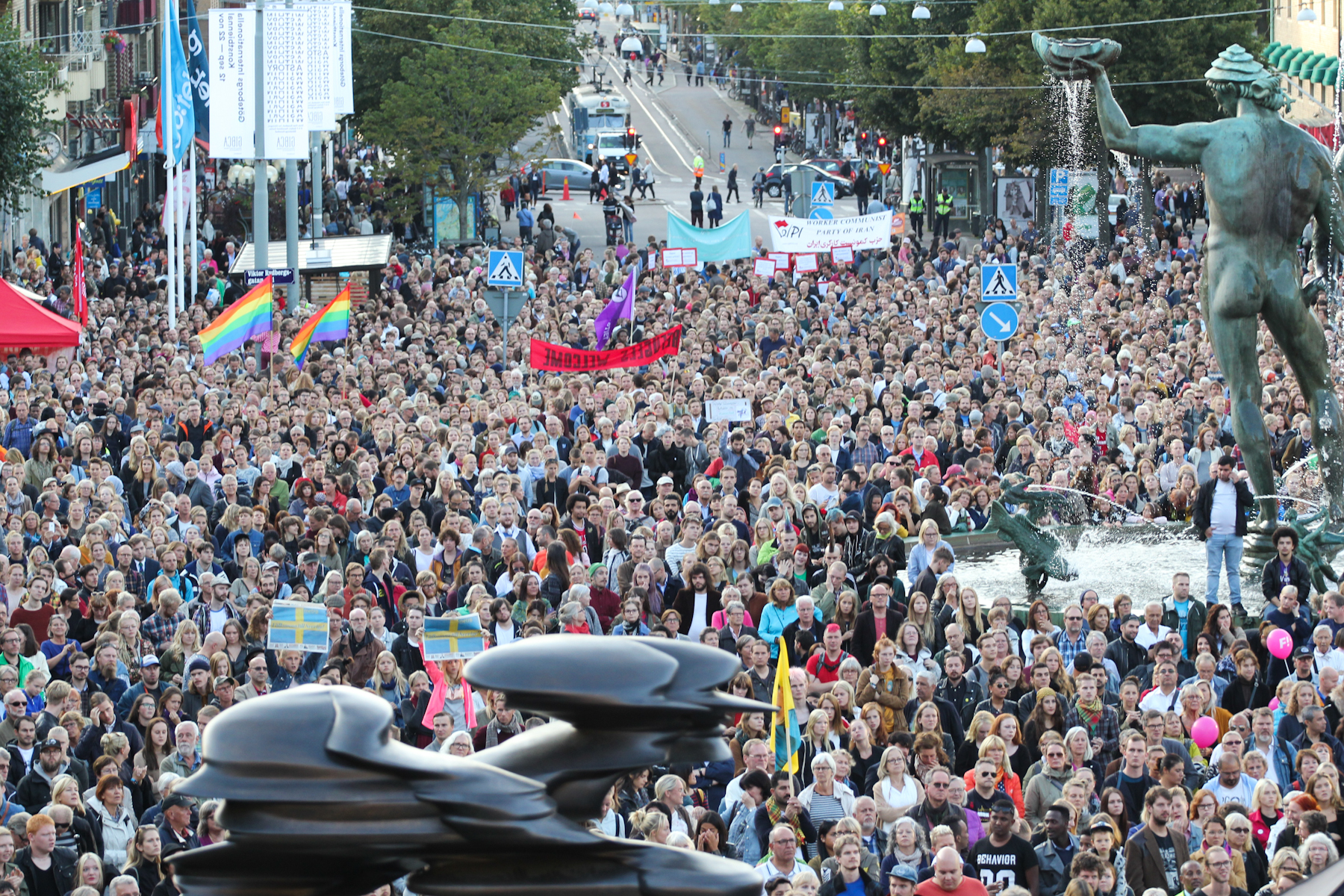 Welcome Refugees, Gothenburg
Welcome Refugees, Gothenburg -
Refugees have been welcome to Sweden with open arms. Support rallies have been organized in most major cities, football teams have opened their clubhouses to house unaccompanied children, non profit organizations work tirelessly setting up welcome stations in Central Station and ports of entry.
-
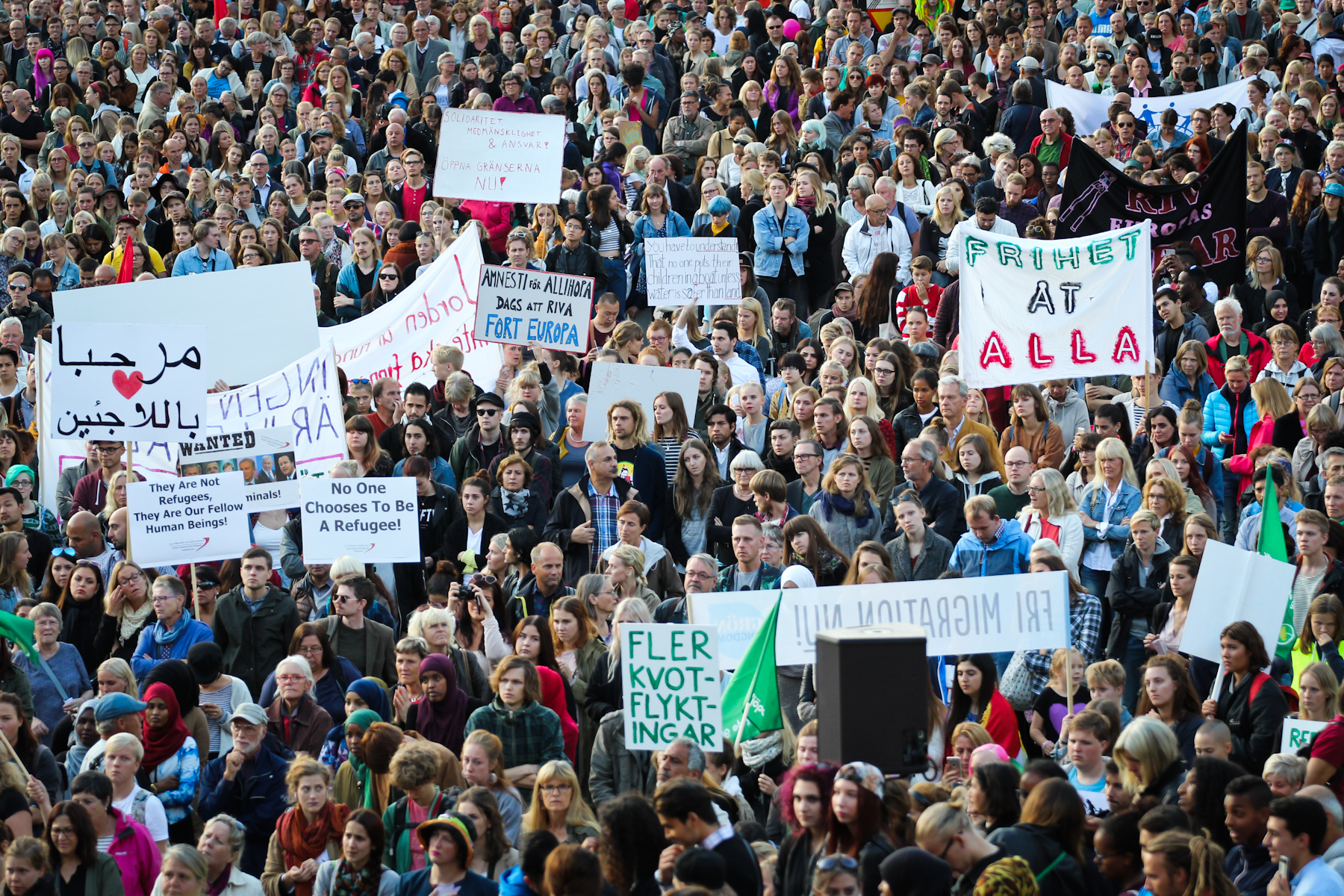 Welcome Refugees, Gothenburg
Welcome Refugees, Gothenburg -
Malmö, Gothenburg and Stockholm are cities seeing the greatest number of applicants, and it is doubtful that a drop in numbers will happen any time soon.
-
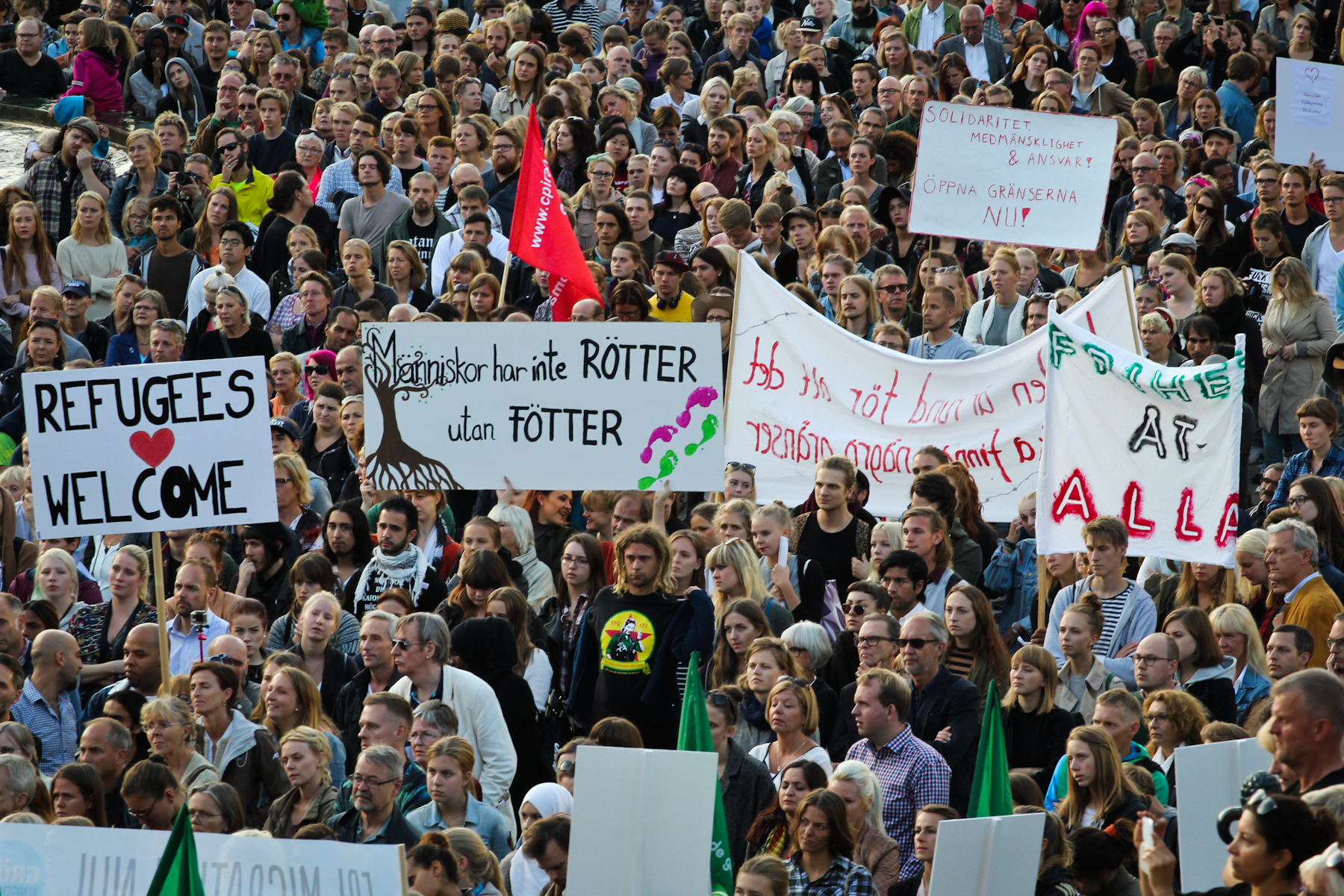 Welcome Refugees, Gothenburg
Welcome Refugees, Gothenburg -
The need for housing is urgent
Migrationsverket is now facing many challenges — in addition to application processing, temporary housing accommodations for the refugees are urgently required. The authority warns of an impending housing crisis. -
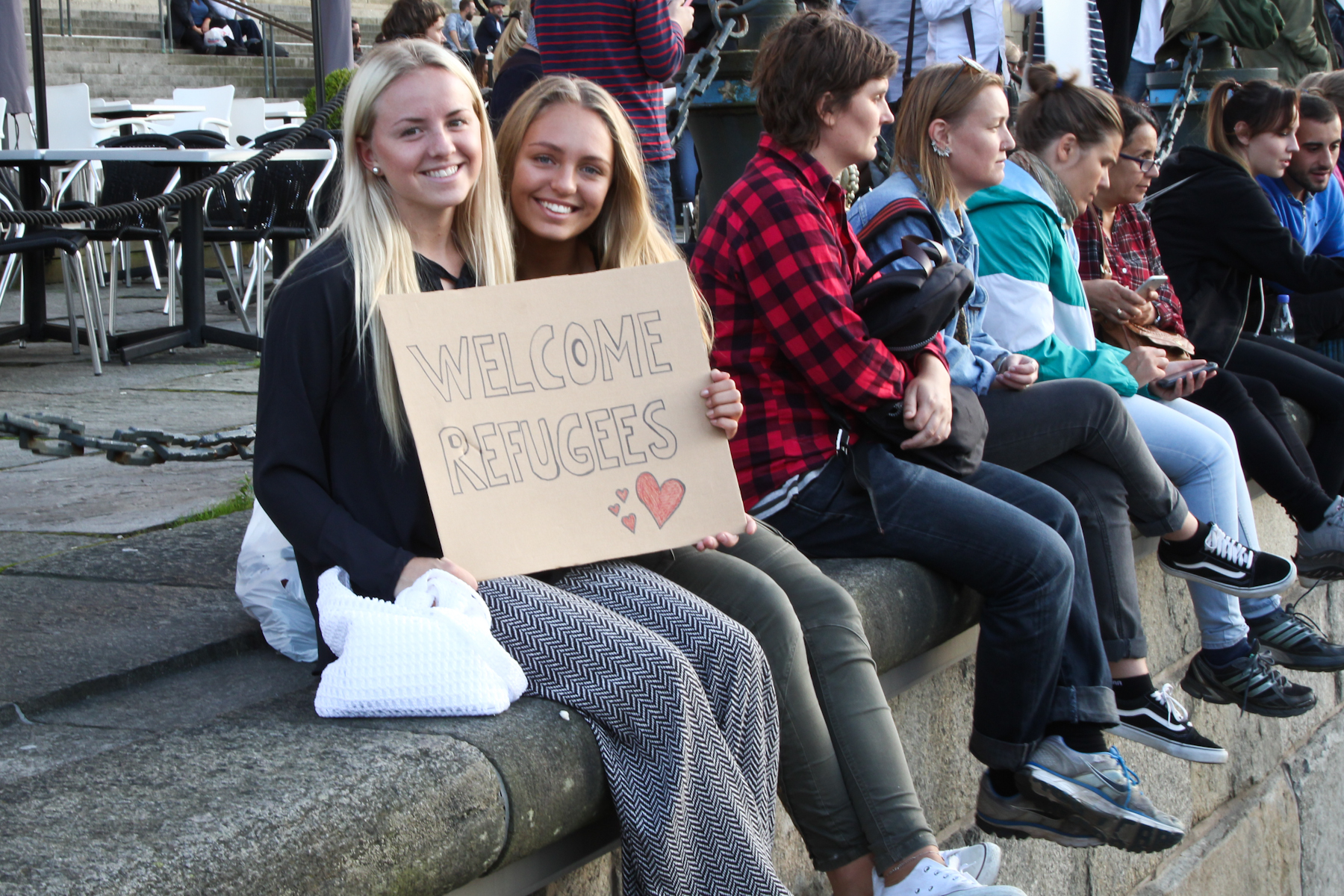 Welcome Refugees, Gothenburg
Welcome Refugees, Gothenburg -
New arrivals must be placed close to the city where their registration and application process takes place, a process which now takes approximately 10 months. Therefore, temporary housing needs to be arranged in or around city centers, or in areas which provide public transportation to and from each city of entry.
-
Attempts are being made to provide such accommodations. In Gothenburg, the idea is to create temporary housing to meet urgent needs, however, the city does not intend to build what would appear to be refugee camps. Instead, housing will be developed with a more permanent character but the situation demands that many more land areas be allocated to meet the need today and in the future.
-
Many children arrive alone
Unaccompanied children present yet another challenge to Migrationsverket, a situation that tugs on the heartstrings of many a Swede. In Gothenburg, these children are often brought to Sweden by smugglers who then dump them at Central Station, Järntorget, Backaplan or other locations. The children are hungry, frightened and extremely sad. These numbers are growing as well. -
Accordingly to Göteborgs Posten, Gothenburg received more than 100 children in 2013. At the beginning of 2015, Migrationsverket in Gothenburg agreed to receive 500 children. This summer that number was adjusted to 900 children, and the newspaper reports that the city must now be prepared to accommodate between 1,200 and 1,300 unaccompanied young refugees in 2016.
-
Migrationsverket regularly informs the government of the current asylum situation. In July the latest report forecast 74,000 asylum seekers in 2015. Recent developments certainly mean that number will increase with the new report due in October.
-
Finding alternate routes
Unlike countries such as Germany, Finland, Hungary and Croatia, Sweden has no plans for tightening border control. Morgan Johansson, Minister for Justice and Migration, was unavailable for comment after the emergency meeting on September 17, however, his press secretary Jonathan Holst reported the government has been made aware that the immigration service is under pressure. -
"There is a continuous preparation in government to look at measures which can ease the situation,” Holst told Expressen. He went on to explain that signals and markers, initiated by the police, have not yet been received and therefore border control at this time is not needed. It is the police who make such assessments for border control considerations.
-
As winter approaches, migrants are forced to look for alternative routes to Europe due to razor-wire fences blocking a traditional route in Hungary, constantly shifting border controls within the EU, and the continued bickering among EU countries. One such route is known as the Arctic Route which brings travelers into northern Finland, Sweden and Norway via Russia. While the trip is long and cold, refugees are finding passage to be less problematic than the traditional routes.
-
The traditional routes taken by refugees included the Aegean Route through Turkey and into Greece, the Balkan Route which brought travelers through Hungary, and the Mediterranean Route into Italy. These routes, however, are extremely dangerous. As of September 15, over 2,800 people died in the Mediterranean this year, according to the International Organization for Migration.
-
Transportation to Sweden
In Europe, Sweden is a top destination for those seeking a better life and a warm generous welcome. They come mainly via the Arctic Route, Denmark and Germany. Hundreds of refugees are now making their way to Gothenburg from Kiel, Germany via Stena Line. The rules for Stena Line are not the same as those for aviation when it comes to transporting refugees. Stena has no responsibility to check passports of those traveling with the shipping line. Passports are checked with the authority once the passengers arrive. Stena can also transport many more passengers and allows for a direct, safe route to Sweden. -
A new enterprise known as "Refugee Air" was announced on September 10. The brainchild of Emad Zand, a young Stockholm investment manager, and Susanne Najafi, founder and chief executive of one of Sweden’s largest retail beauty products, the concept is being developed to transport refugees from troubled areas in the Mediterranean directly to Sweden bypassing the hazardous land and sea routes.
-
There are a number of logistics involved, however. Under current EU rules, airlines can only fly passengers with a valid passport or visa — and passengers who are promised asylum in the country of arrival. Sweden grants asylum to all Syrians, but erring on the side of caution, many airlines unfairly block people with a right to asylum as many have no documentation.
-
"The governments have pushed the onus on the airlines to stop asylum seekers from getting on planes, whereas under the 1951 [refugee] convention there should be no such barrier to those with a genuine fear of persecution from escaping,” Leonard Doyle, spokesman for the International Organisation for Migration, told the Guardian.
-
Use of established airlines also creates concern within the industry that airplanes will be overrun with refugees rather than paying business and tourist travelers, but Refugee Air hopes to create controls and alleviate these concerns. They hope to bring the first refugees to Sweden before October.
-
Text & Photography: Lisa Mikulski
www.lisamikulski.com -
-
-
